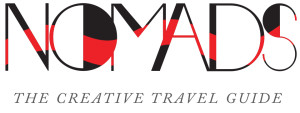Afrique in 3D
Cross-Cultural Beats & Rhymes
Interview by Lauri Lyons
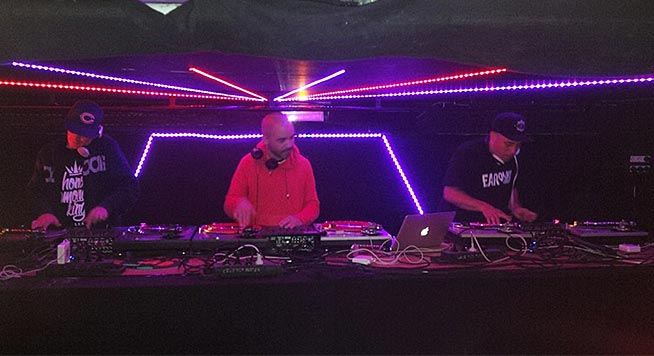
Nadjib Ben Bella is a globetrotting music producer and gallery owner. After touring for more than ten years as DJ Boulaone, one of Europe’s most popular Dj’s, Ben Bella is now remixing the creative boundaries between Europe, Africa, and America.
Lauri Lyons: You’re from Northern France, tell me about the region and the history of that area?
Nadjib Ben Bella: Roubaix was considered in the beginning of the 20th century the Silicon Valley, the richest region in the world because it was mostly textiles and mining industry. Now it’s one of the poorest in France because now all of the industries are now in India, North Africa, so we don’t get so much activity here. It is a bit like Detroit with a lot of unemployment and old factories. The good thing is the politicians decided to recycle this region with culture. We have a lot of art centers, museums, galleries, and ventures. There are a lot of good things happening now.
Most of the resident’s heritage is Algerian or North African?
Yes. It corresponds to the waves of immigration that France asked for when they needed to increase their workforce in the factories. We had some Polish people, Italians, Portuguese, Moroccans, Algerians, Senegalese. For example, in the city next to Roubaix, for every 100,000 people we have 120 different nationalities. It is very rich with a lot of different cultures.
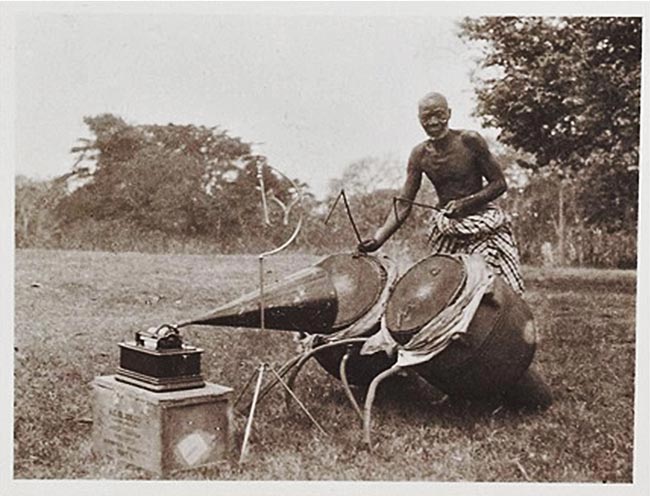
What attracts you to Arab and African music in your work?
I really like African music. In some countries in Africa you have maybe 40 different languages, so you can imagine the richness of the culture there. What I really love is the ethnic part of learning about the country through the music and the culture. Most of the records I get of Algerian, North African, or African music, is collections from ethnologues from the mid 20th century. They were there with microphones, just to witness the people and understand the oral culture. Everything is oral, including the music. All of that music is the root of most music today.
Who are your favorite musicians and types of music from Africa?
My favorite is traditional music. It is people who make music from generation to generation. They learn from their parents. Sometimes you can find really crazy music in the mountains. It’s natural there, people just playing music. They are not really into the same concept as we know music here, with productions and bands. They’ve been making music for a long time, since creation.
What were some of your favorite moments discovering music?
In Mauritania I met a lot of great traditional musicians. I’ve been to the Sahara a few times. As it’s very quiet and calm you can appreciate the music very well. The country I really want to go and experience the music is the Congo. Right now it’s really dangerous to go there because the Congo has a lot of natural resources and there are a lot of wars for diamonds and oil.
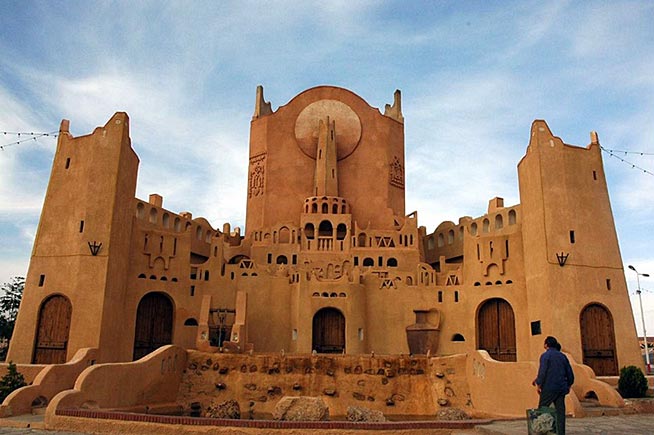
How is the Sahara’s music different from music in the Congo?
The Congo’s music is more electric and with modern instruments. To dance, there is more rhythm. In the desert it is more traditional acoustic stuff.
When you’re on the road do you buy instruments to experiment with?
Always. I mostly collect percussions. Every time I go somewhere I try to find a new percussion. In Africa it’s great because you have handmade percussions that do not exist anywhere else in the world. There is no reproduction of the instrument.
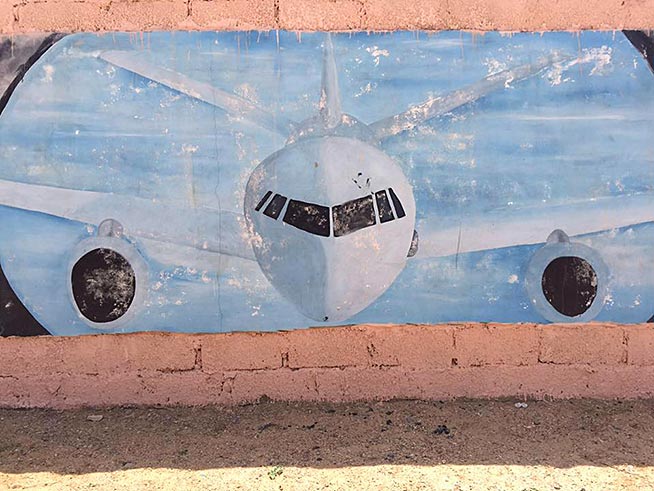
Have you toured in Africa?
Yes, mostly in Senegal, Mauritania, Algeria, Morocco, and Kenya.
You produced a Kenyan hiphop group?
A foundation based in the Netherlands asked me to produce a track and build a studio for the group called Guerilla in Nairobi. A year later the studio was built and I produced the album. I was glad to be a part of the adventure and go there to experience recording with great MC’s from Nairobi. They spoke in English and Swahili. We kept in touch and I’m still making music with them.
Was that your first trip to East Africa?
Yes. In France we are not as connected to East Africa, as it is the English speaking part of Africa. The east and southern parts of Africa are connected to the British. We have more relations with the north, west, and central african countries. I’ve had many opportunities to go there and perform.
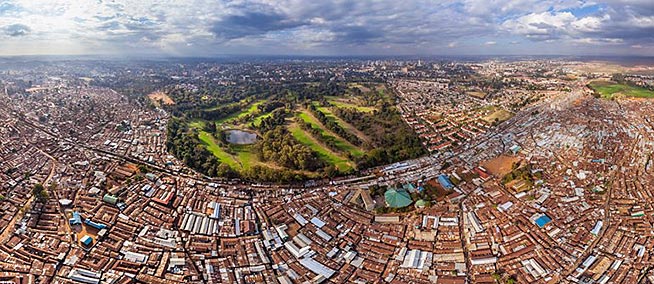
What was it like for you when you first arrived in Nairobi?
I arrived at night and was shocked about the security there. It seemed like it was really dangerous to stay outside of the apartment at night. I went to the apartment I was supposed to stay at and there were a lot of guards everywhere and electrical things to keep people out of the block. It was not only for my block, but all the houses were secured like that. I was shocked and wondering, “what’s going on?”. They told me that they have a lot of weapons there. In Kenya it is more like America, where you have a lot of guns in the street.
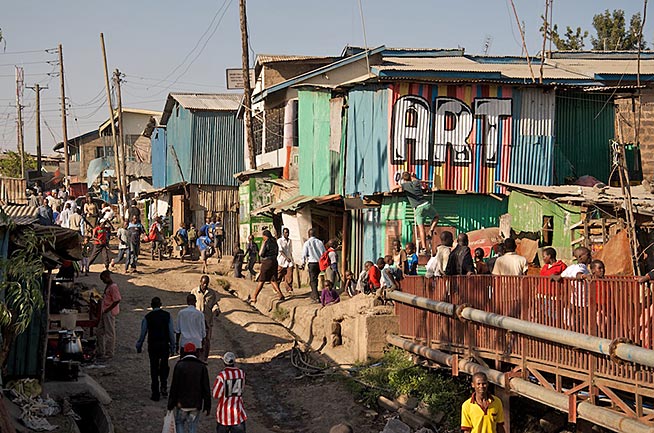
During the day, what sort of adventures did you have with the MC’s in the group?
Mostly, we were in the studio. We had a lot to record and sometimes we stayed there all night long. After we finished the album, I went to the savannah because I really wanted to experience that. It was shocking for me to hang out with the giraffes and crocodiles. It was like seeing the first form of the earth.
Do the Kenyan artists have a different flavor?
Yes, they are very influenced by American hiphop, but the way they rap is really african. They groove between the notes. They are not on the 1 or 2, but on the 1 ½. It’s really great.
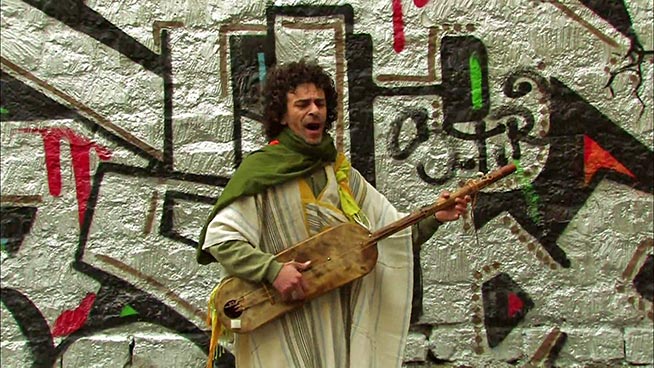
How did you connect with the artist Amazigh Kateb?
The word amazigh means free man. It also is the name of the language for the Berber tribe in North Africa. Amazigh Kateb is a great singer from Algeria. He is famous because he sings and writes critical songs about the government. He is one of the few people that criticize the power of the government. He is not afraid of them. His father, Kateb Yacine, is also a well known poet and writer in Algeria.
We met when he came to my city to do a one month residency to work on a solo project. He wanted the experience to work with a dj to experience electronic stuff like hiphop, ragga, sequences, and beats. He asked if we could possibly work together. I later produced one of his singles and went on tour with him. It was a very important experience in my life because he introduced me to my country, Algeria. At that time I didn’t usually go there with my family, so through Amazigh I really had the chance to experience Algeria.
I was shocked to see the video of one of Amazigh’s stadium shows.
Yes, it was mostly a tour of big stadiums, sometimes with 40,000 people. It was pure adrenaline, like a natural drug. I was always the first onstage because I was introducing the show with the turntables. When Amazigh came onstage the people would go crazy.
Is there a different feel to touring in Africa, in contrast to Europe?
There is more energy in Africa. In Europe the audience is old, compared to Africa. For instance, Algeria is full of people under 15 years old. The youth population is huge, so the audience is full of energy. Algeria also had ten years of civil war in the 90’s. Things are now becoming better, so people want to go out and enjoy life. After war, the energy is powerful.
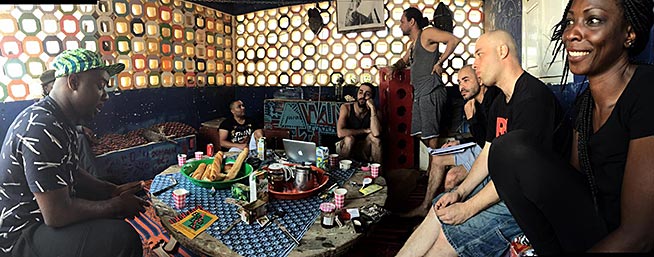
After the show, what do you do?
A lot of friends come to see us, we go out to eat. Then we have after parties in a club and the hotel too. Most of the time we didn’t sleep a lot (laughs).
Why did you create your solo project Afrique 3D ?
For Afrique 3D I produced myself and 15 different artists. The project includes people I met on tour. It is mostly African music. The album premiered in Senegal.
Besides music, the project has a lot of multimedia?
Right. I want to make the connection with visual art, backgrounds, and colors. It is really colorful music and I want to showcase the people through visuals too.
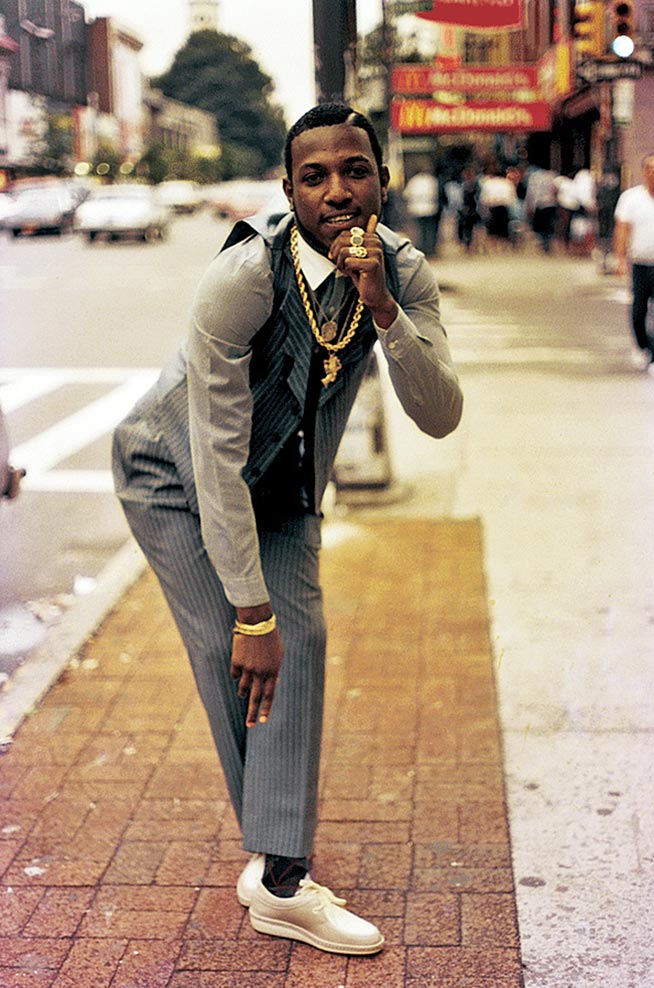
You also own Aramane Gallery. What inspired you to represent visual artists?
The key is the great photographer Jamel Shabazz. Jamel is a friend and we’ve done some projects together, related to music. Now I am his agent. Once that happened I decided to create the gallery venture, and work with artists that I really like. My father is a painter, so I know a lot of artists. I combine music and the gallery to produce multimedia shows. The two worlds are very important and collaborative. I am expanding the gallery from France to New York.
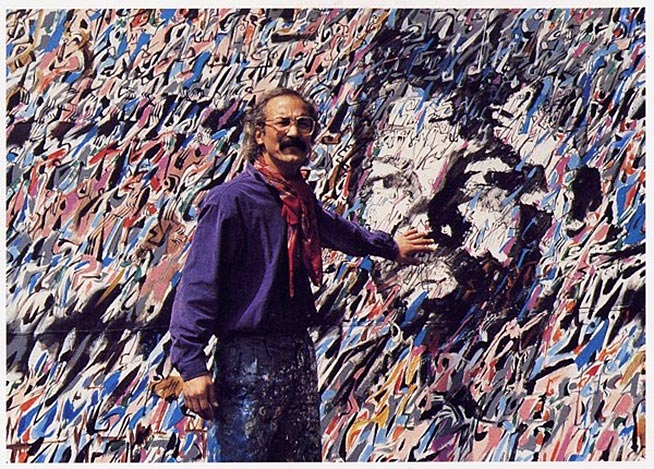
Your father is the painter Mahjoub Ben Bella?
Yes, he is a painter based in France. He has been painting for 50 years, so now he has a great career in contemporary art with painting and drawings. He is still working and exhibiting. I organize everything for him.
Explain your love affair with New York?
I know great people in New York who introduced me to the city. Every place can be the best place in the world, but if the people are not good you will not enjoy the place. New York for me is my friends, the museums and the culture. I like the mix of the communities and the energy there.
You are the unofficial Mayor of Harlem. What do you love about the neighborhood?
Harlem is historic for me. I can feel the historical things that happened there. I am very sensitive about the history of the black community. My great uncle, Ahmed Ben Bella, was the first President of Algeria and he gave passports to Black Panther members and civil rights activists.
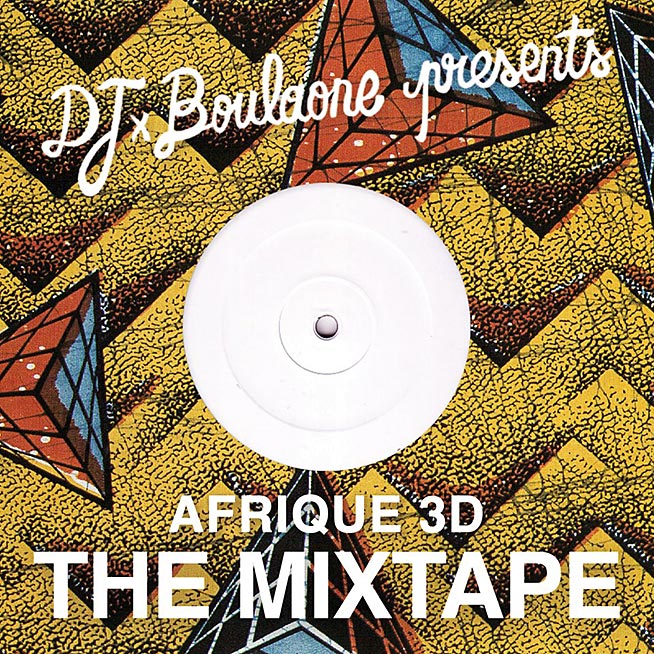
What’s are some of your recent projects?
Organizing an exhibition of my father’s drawings with Marc Chagall’s work. Creating an exhibition about Detroit and the jazz label Strata Records – in partnership with Carhartt. Releasing the Afrique 3D album in Europe and Asia. I will be in Senegal (Dakar and Saint Louis) performing the multimedia Afrique 3D show, and exhibiting a few Aramane artists in the Dak’ Art Biennale. It is the largest art fair in Africa.
Visit Aramane Gallery.
Photos © Ben Bella, Aramane Gallery, Jamel Shabazz, Outsider Krew
